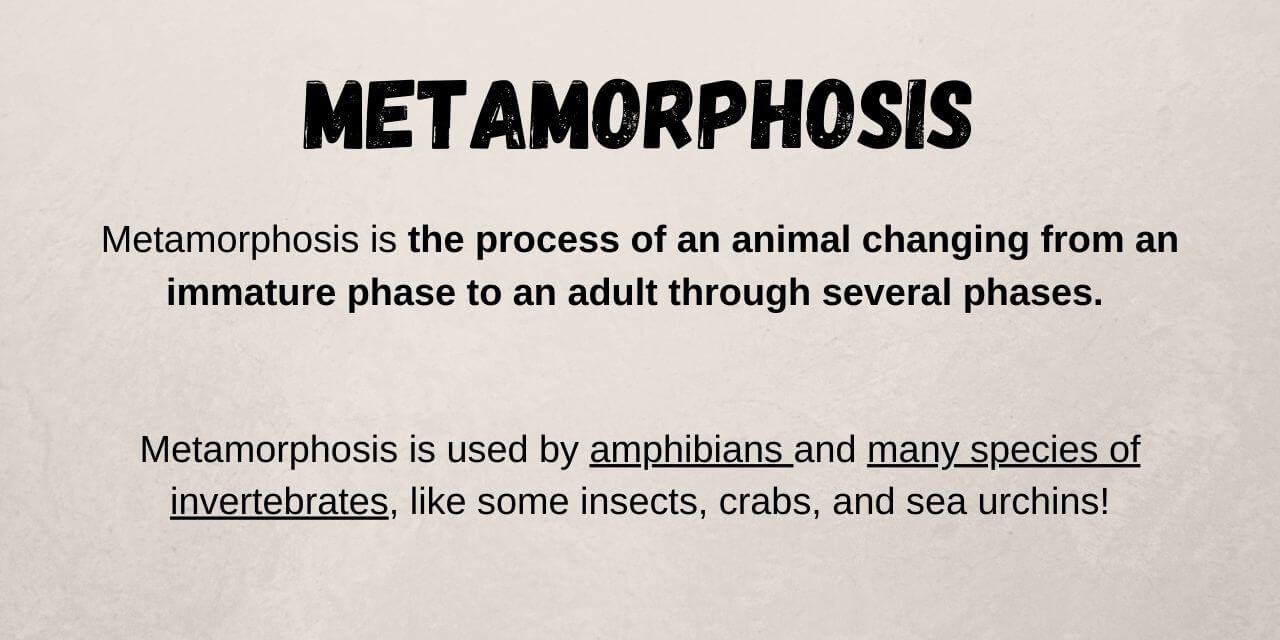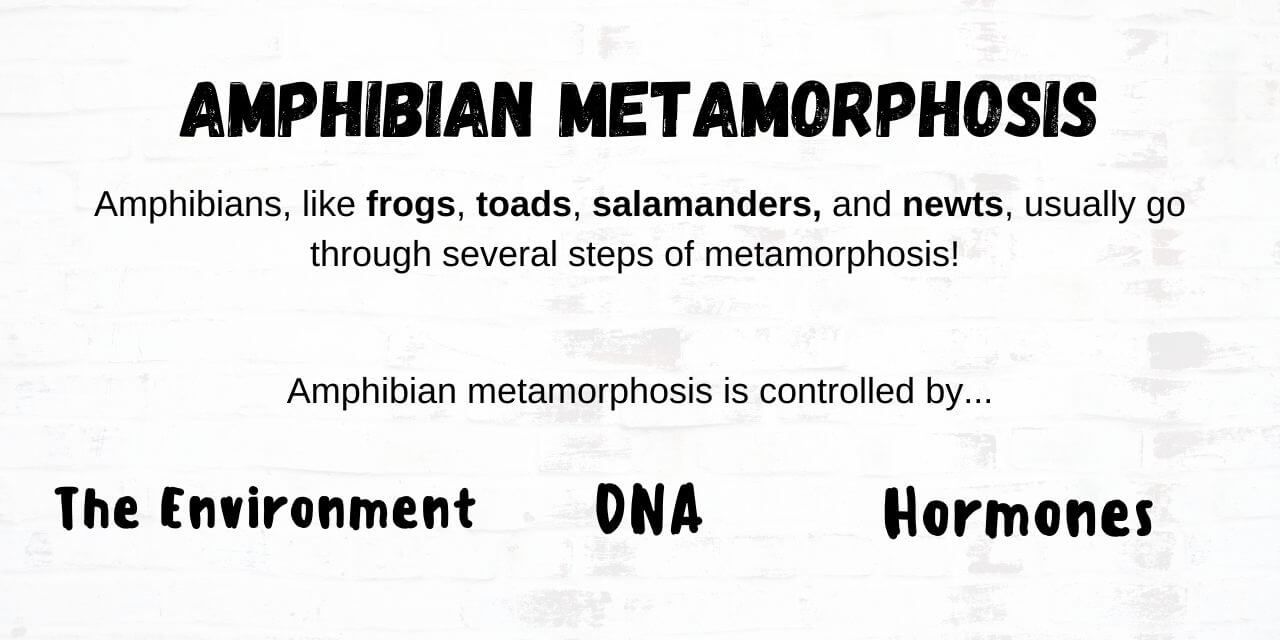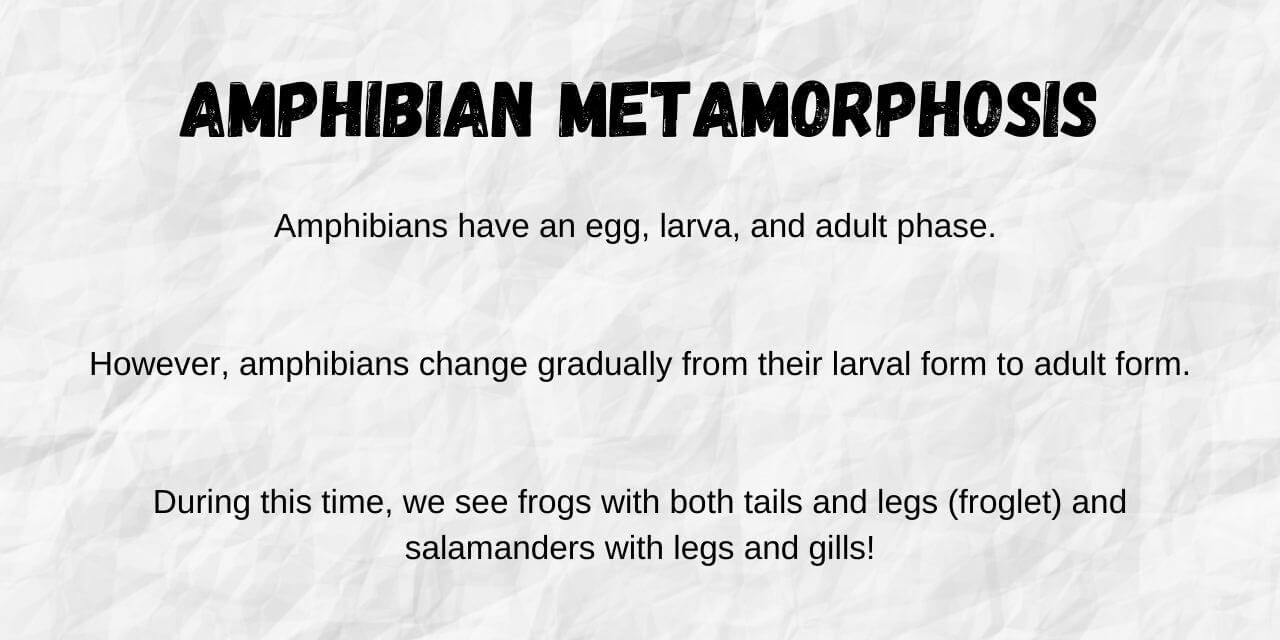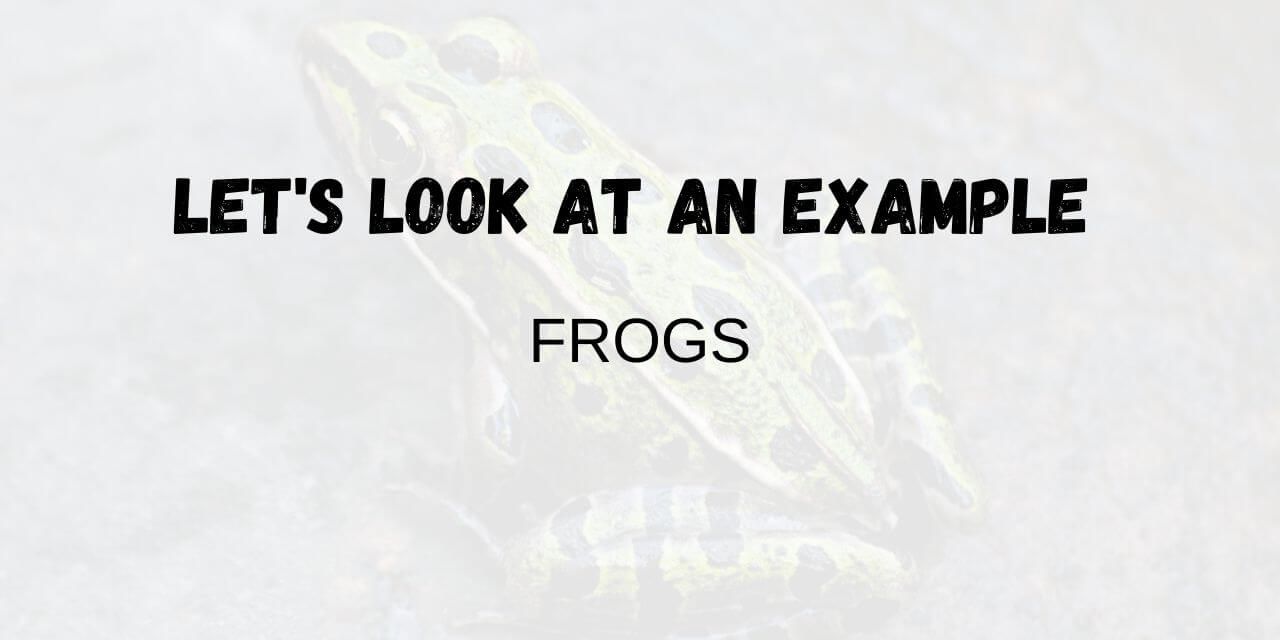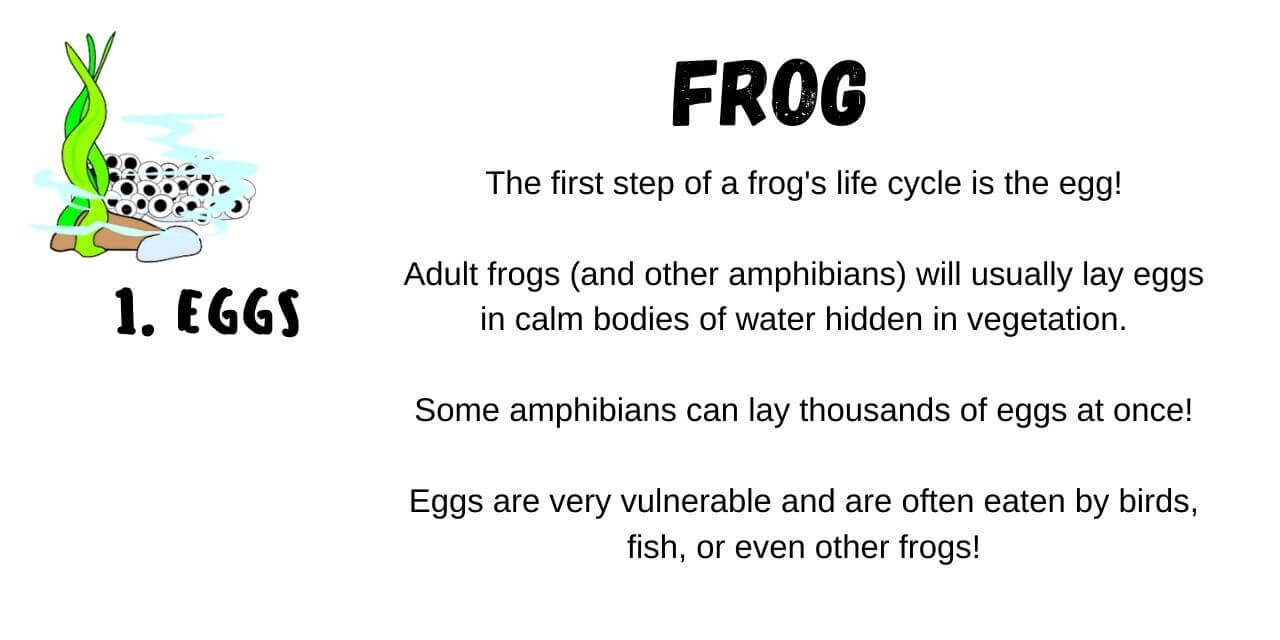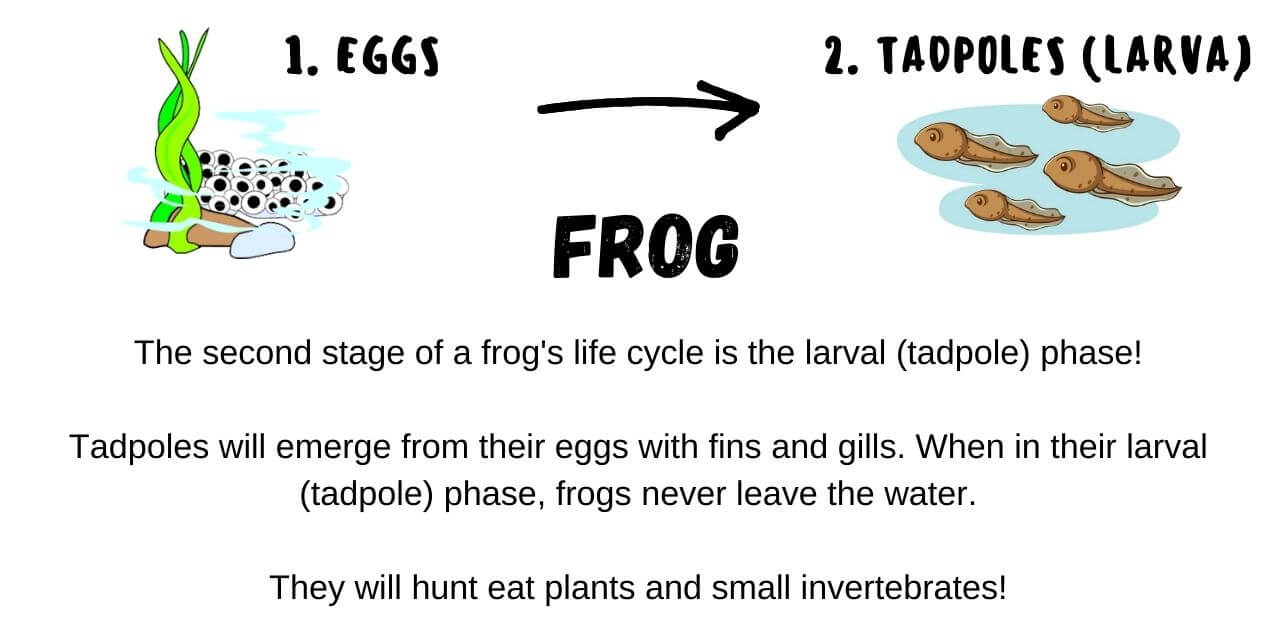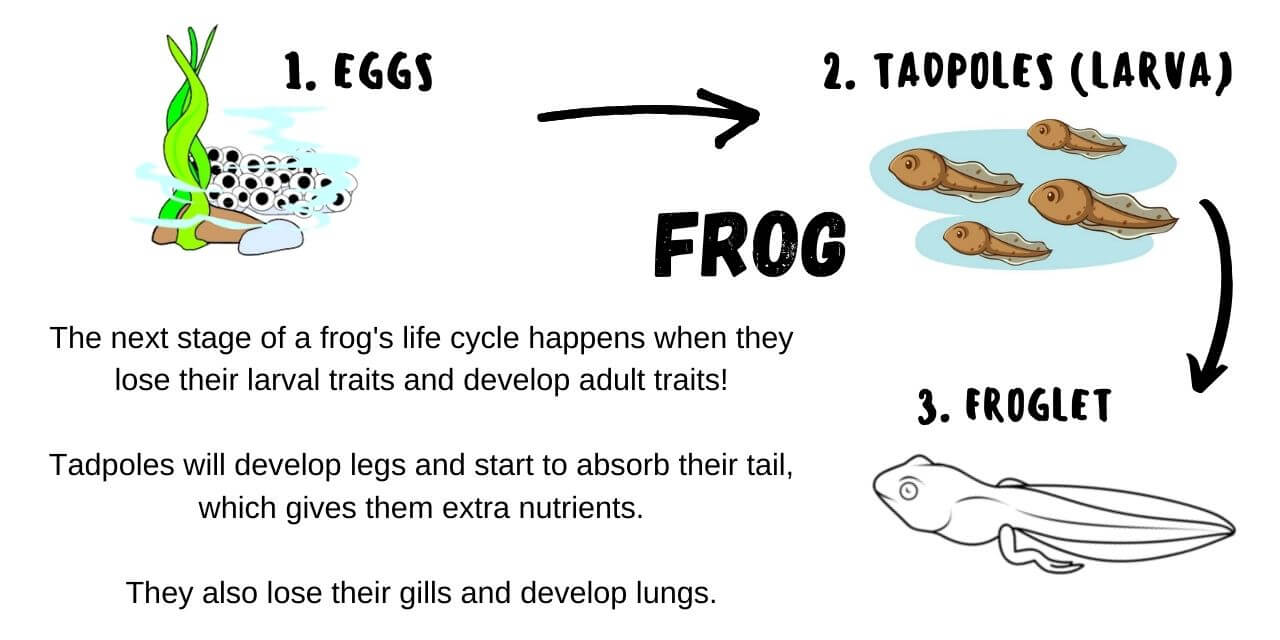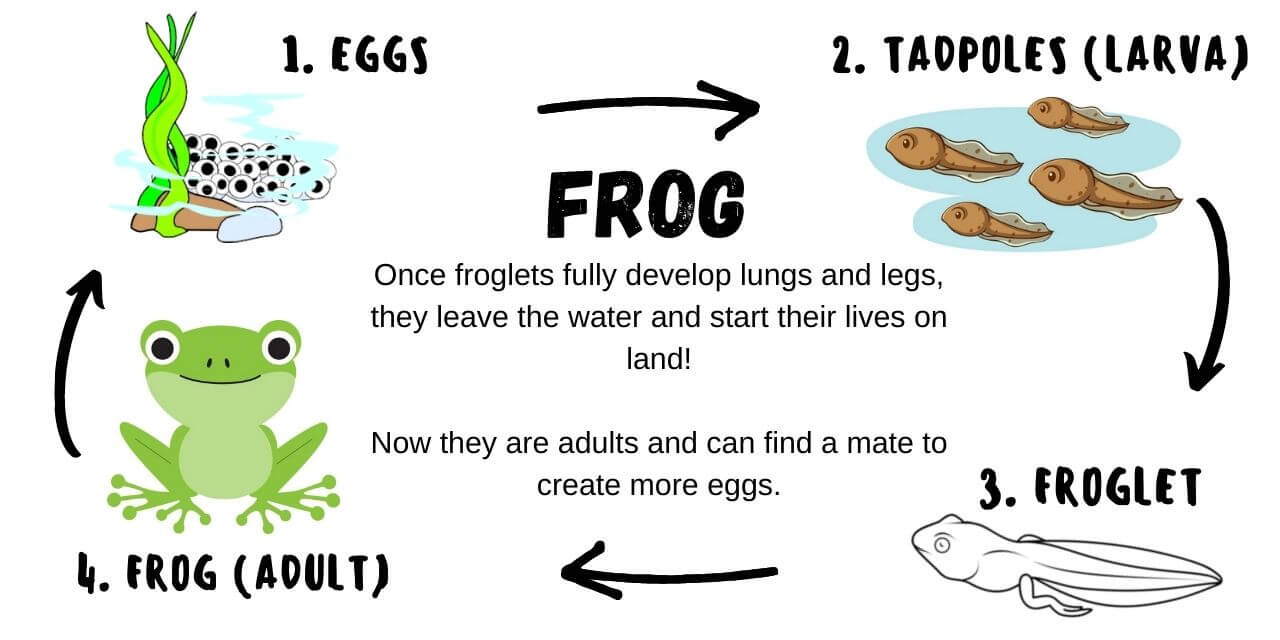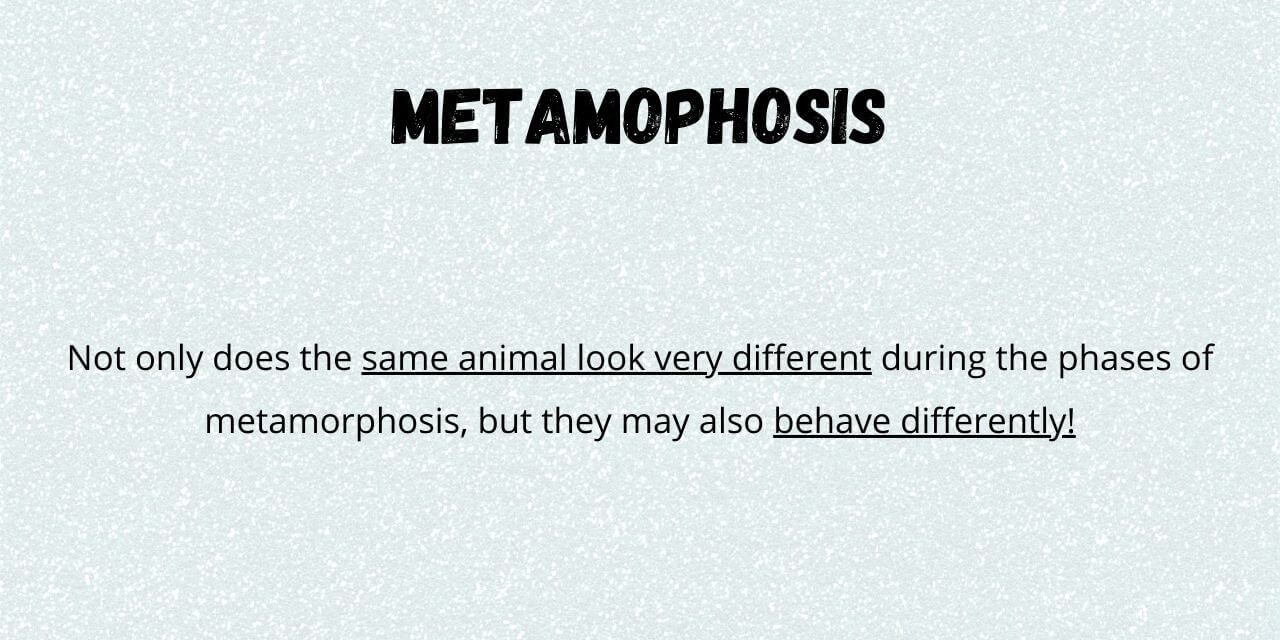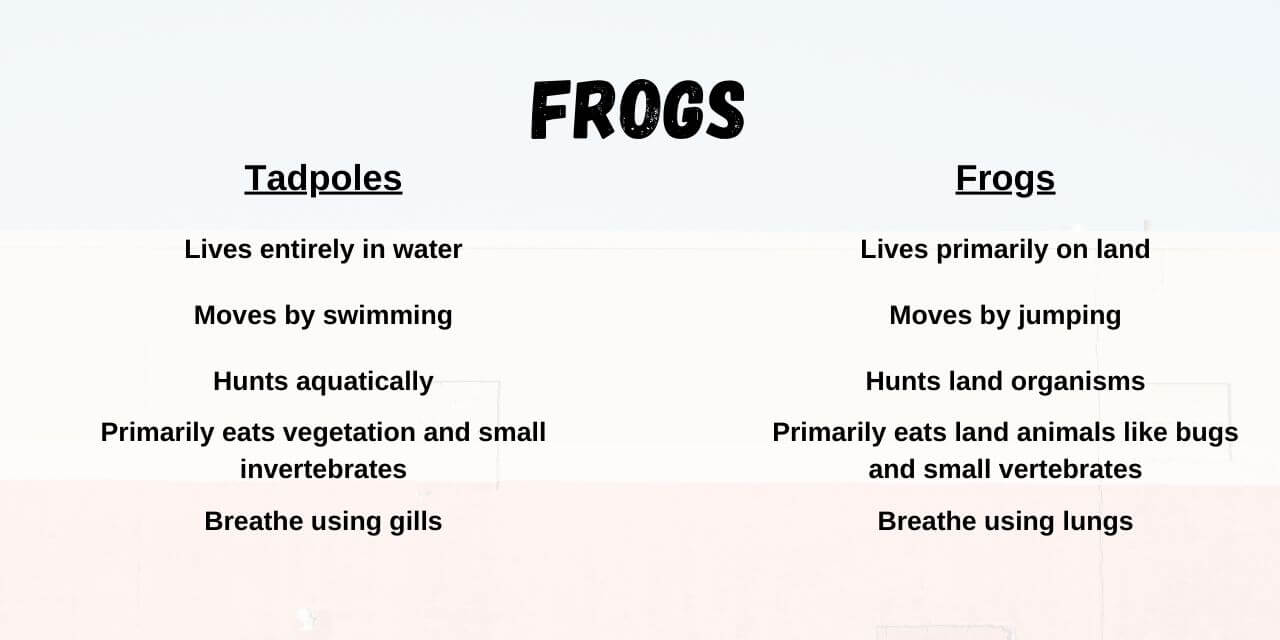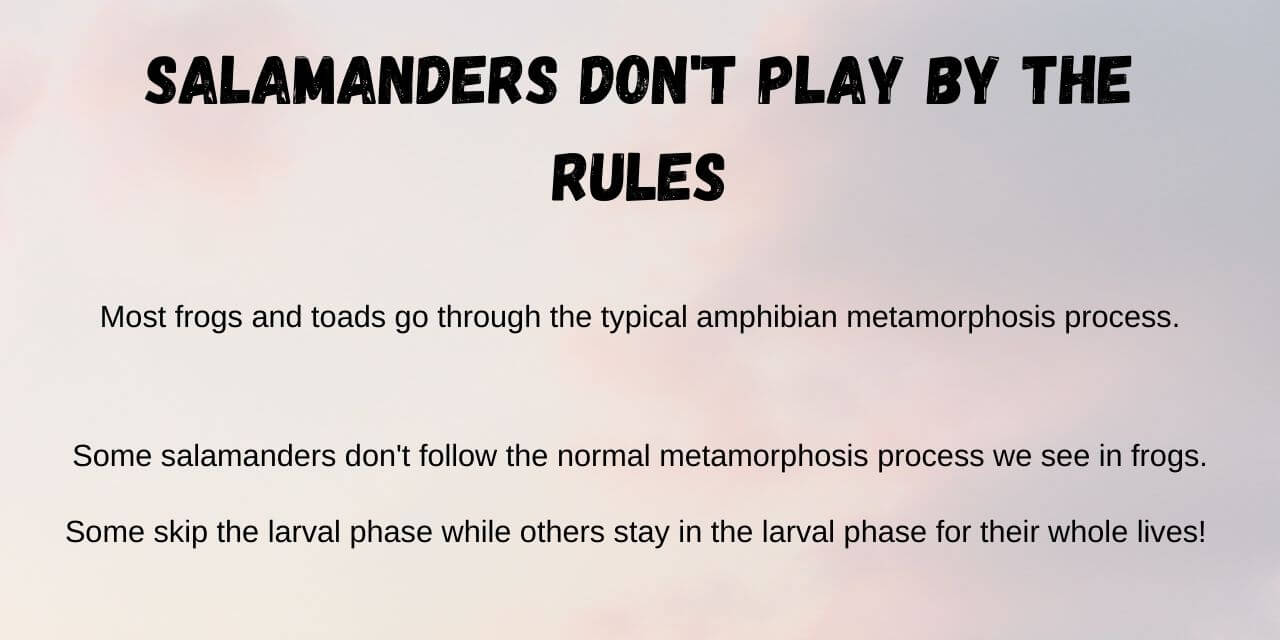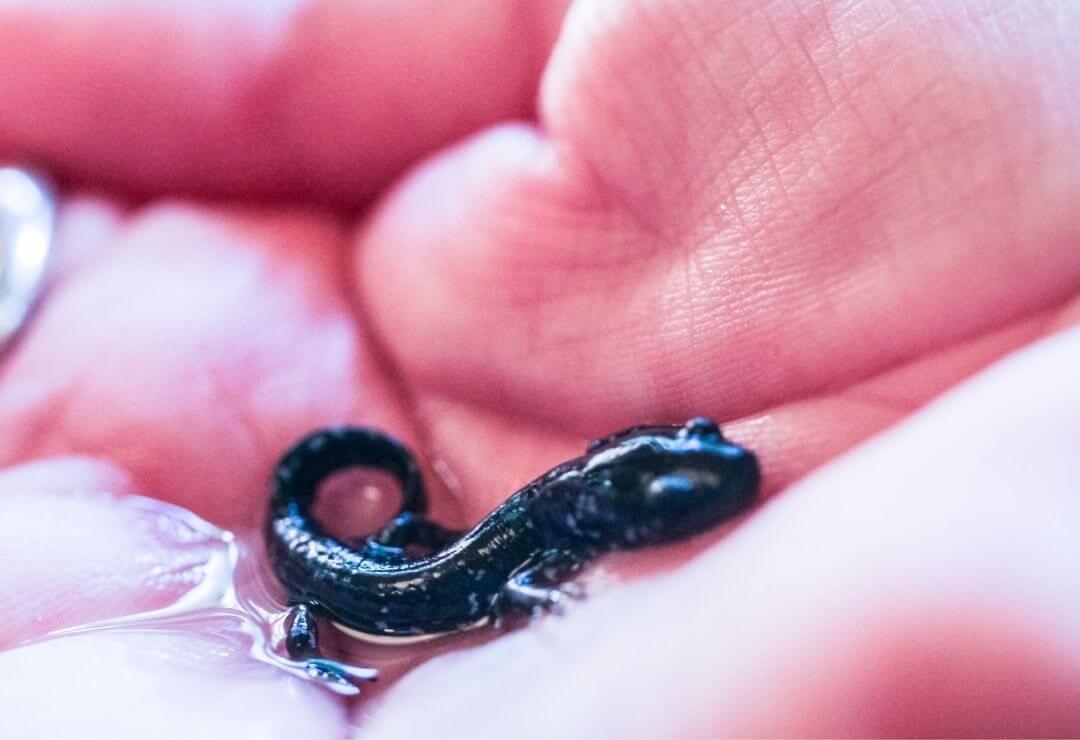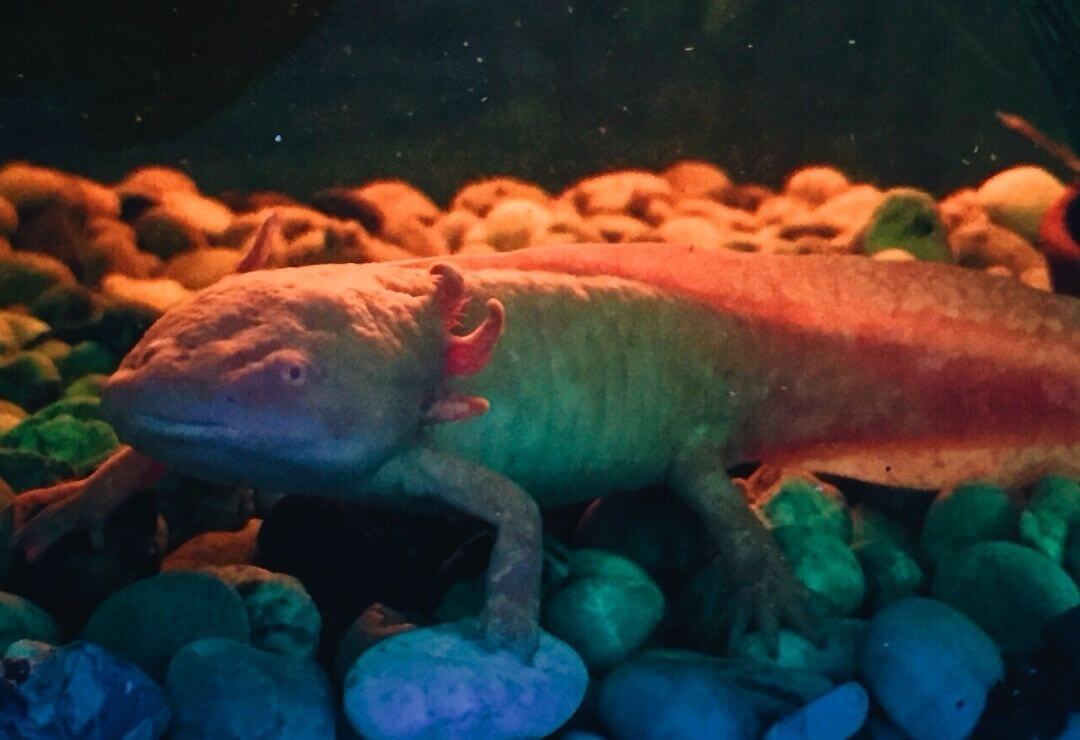Amphibian Metamorphosis
Looking for More Lessons like This?
Future Zoologist Academy offers more than 100 zoology and ecology lessons for grades 3-8. Explore educational videos, readings, quizzes, activities, projects, and more. Each lesson is designed specifically for kids who love animals.
What Is Amphibian Metamorphosis?
Click through the slides below to explore how amphibians change throughout their lives!
Metamorphosis Facts
- Most amphibians, even though they live on land as adults, must live near water to lay their eggs.
- Amphibians are able to lay hundreds (sometimes thousands!) of eggs at once, though most don't make it to adulthood.
- Amphibian metamorphosis can be affected by conditions in the environment!
- The length of each phase can depend on the species and environmental pressures.
The Environment Plays a Role in Amphibian Metamorphosis
Amphibian metamorphosis partially depends on their hormones.
Some environmental situations can cause amphibians to produce the hormone sooner and metamorphose faster!
Over-population, food shortages, drought, or other pressures can force amphibians to reach their adult phase faster. This allows them to move onto land where there are different resources!
Why Is Metamorphosis Beneficial?
Avoid Competition
As larva, animals often live in different habitats and eat different food than the adults, which helps them avoid competition!
For example, salamander larvae, called efts, eat invertebrates and plants that live in the water, while adults eat plants and animals on land!
Avoid Harsh Climate
Some species are strategic about the time of year they lay eggs or can delay their metamorphosis process so they are protected during harsh weather.
Some frogs will stay in their tadpole phase over winter because temperatures are more stable in the water.
Species Specific
Some amphibians can speed up or slow down the phases of their metamorphosis based on their environment.
If there is a drought, some species of frogs can metamorphosize faster, but they can also slow the process if the conditions are good!
Amphibian Exceptions
Most amphibians go through a similar metamorphosis with complete phases. However, some amphibians are extra special!
No Aquatic Larval Phase
- Most amphibians have four stages of metamorphosis, but not all.
- Some frogs lay their eggs on land and eggs hatch into froglets instead of tadpoles. These froglets live on land.
- Some species of salamanders skip most of the metamorphosis; these species hatch from their eggs as tiny versions of the adult.
Example: Black Salamander
Stay in Aquatic Larval Phase
- Most amphibians only spend part of their life as larva in aquatic environments.
- Some amphibians have evolved to stay in their larval phase forever.
- They do grow legs but never lose their gills or aquatic behaviors.
- This can happen because some animals are not able to produce the hormones they need to complete the metamorphosis process.
Example: Axolotl
Amphibian Metamorphosis Activity
Amphibians look very different during the phases of metamorphosis. Complete the worksheet by identifying each photo as a frog in it's egg, larval, or adult form.
Please enter your email address and the worksheet will be emailed to you momentarily!
Looking for More Lessons?
Future Zoologist Academy is a virtual zoology and ecology program designed for kids who love animals. Explore more than 100 complete lessons that will strengthen your knowledge of core science topics like adaptations and food webs while furthering your passion for wildlife and nature.

